8 Simple Ways to Add More Physical Activity and Movement
Por: katia alves em setembro 27, 2025 Última atualização em: novembro 7, 2025
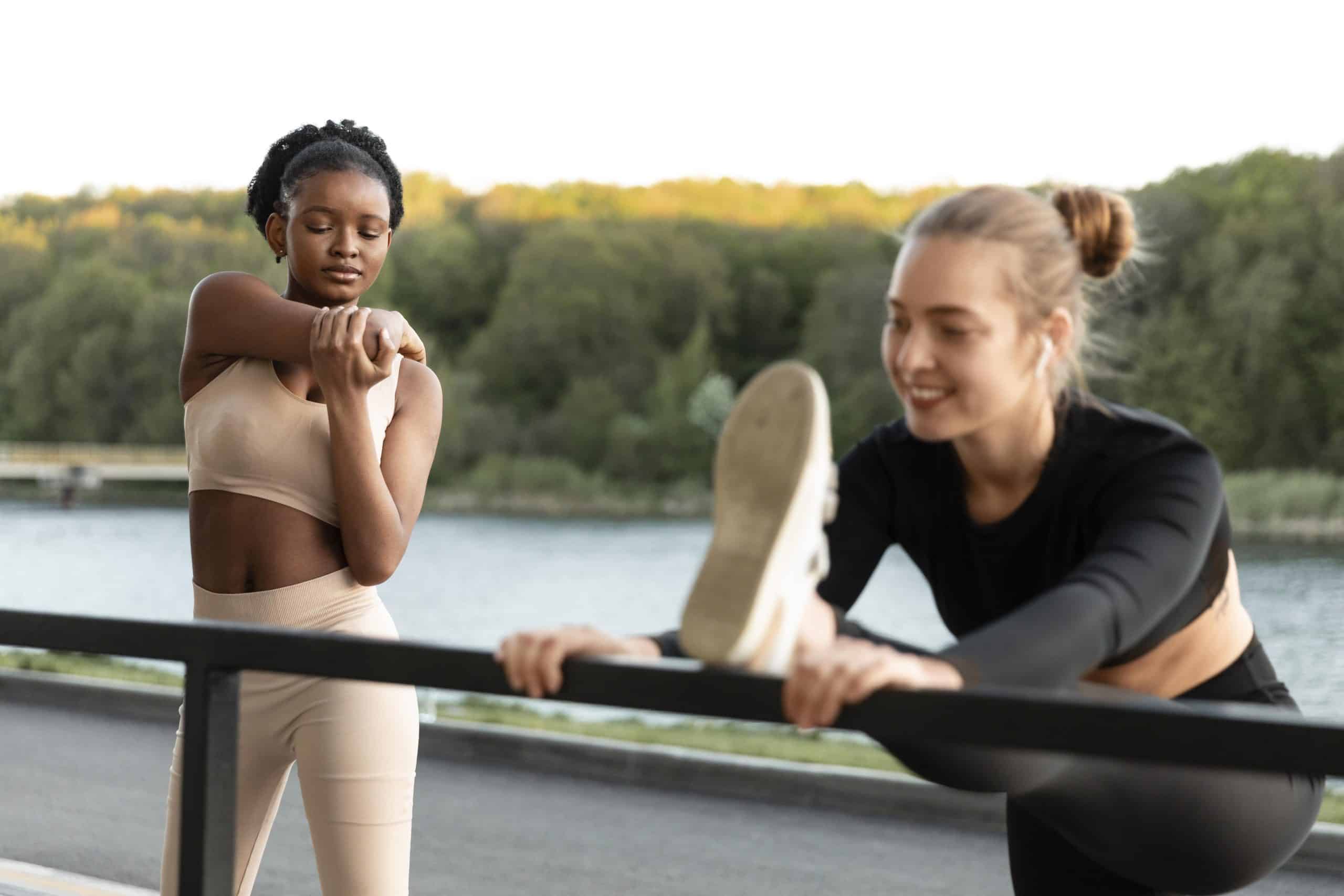
Why Physical Activity and Movement Matter
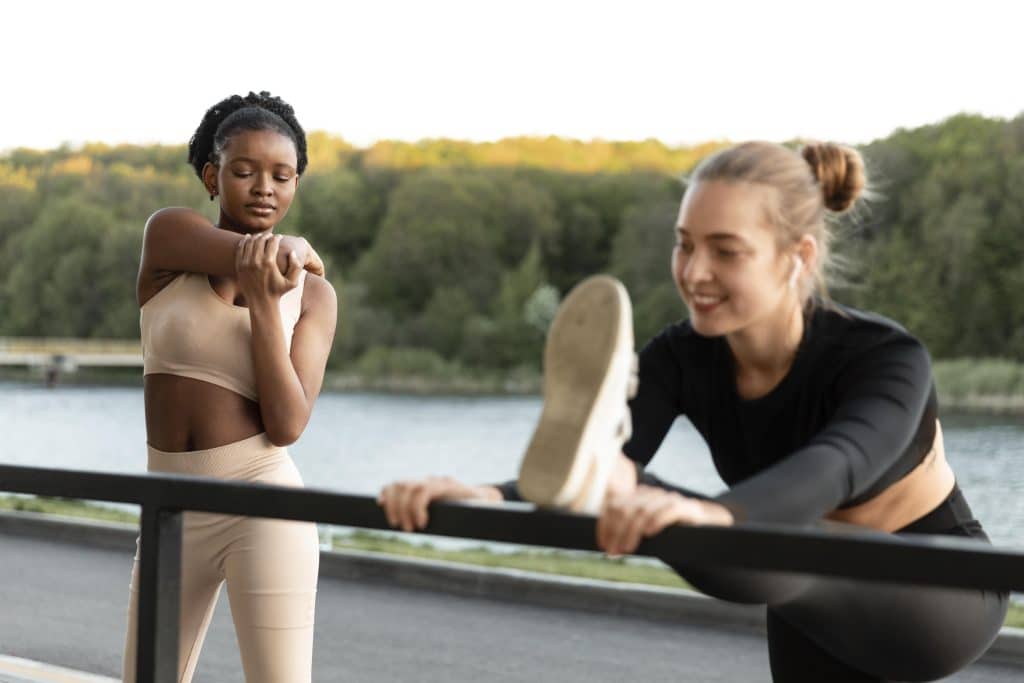
In today’s fast-paced world, where long working hours and digital screens dominate our routines, physical activity and movement are more important than ever.
Modern lifestyles often promote sedentary habits — sitting at desks, driving instead of walking, or spending hours on the couch. While technology makes life more convenient, it has also created a society that moves less than at any other time in history.
But here’s the truth: our bodies are designed for motion. Movement is not optional — it’s essential for survival, vitality, and long-term health.
Whether through structured exercise like strength training or everyday actions like walking and stretching, incorporating movement into daily life is one of the most powerful choices you can make.
In this comprehensive guide, we’ll explore the benefits of physical activity, the types of movement that matter, practical strategies to stay active, and how to design a lifestyle where activity becomes as natural as breathing.
1: The Science of Physical Activity and Movement
What Is Physical Activity?
The World Health Organization (WHO) defines physical activity as any bodily movement produced by skeletal muscles that requires energy expenditure. In other words, whenever your body moves and burns energy — whether in a structured workout or through everyday actions — you are engaging in physical activity.
There are countless ways to stay active. Some people prefer structured routines, like running, swimming, or weightlifting, while others benefit from spontaneous daily actions such as gardening, climbing stairs, or walking to work. Both approaches matter, and the secret is finding ways to make movement a natural and consistent part of your life.
Physical Activity vs. Exercise
Although the terms are often used interchangeably, there are important differences — and both offer unique ways to improve physical health
:
-
Exercise: Planned, structured, and repetitive activities designed to enhance fitness. Examples include yoga classes, high-intensity interval training (HIIT), or strength sessions at the gym. These are intentional ways to target strength, endurance, and flexibility.
-
Physical Activity: Broader and more inclusive, it covers all types of movement — even those not planned as “exercise.” This includes cleaning the house, walking the dog, carrying groceries, or dancing in your living room. These are simple but effective ways to add movement into daily routines.
Why Both Matter
Exercise provides targeted benefits, like muscle growth and cardiovascular endurance, while general physical activity ensures you’re moving consistently throughout the day. The best approach combines both, offering multiple ways to keep your body and mind in peak condition.
👉 In short, there is no single “right” way to move. What matters most is consistency — finding enjoyable ways to stay active, mixing exercise with daily movement, and building habits that support lifelong health.
2: Benefits of Staying Active
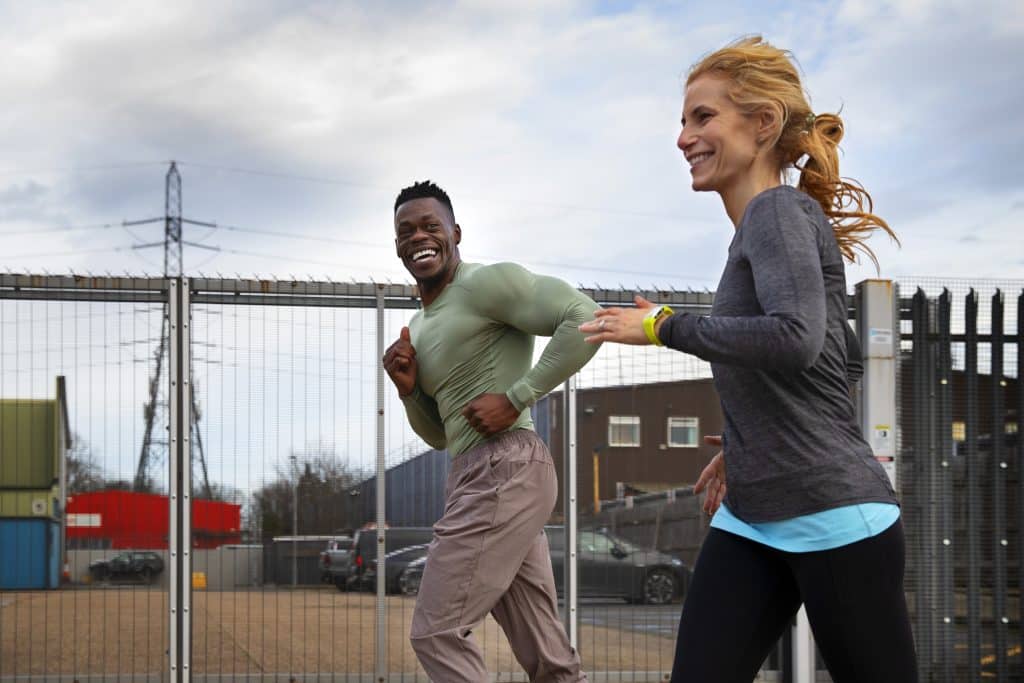
When it comes to improving overall health, there are countless ways physical activity and movement impact both the body and the mind. Regular activity is not just about fitness; it’s about creating a foundation for long-term well-being and resilience.
Below are the main physical, mental, and emotional benefits of staying active, along with practical ways to integrate them into daily life.
Physical Benefits
1. Cardiovascular Health
One of the most important ways to protect your heart is through regular aerobic exercise. Activities like brisk walking, cycling, or swimming strengthen the heart muscle, improve circulation, and lower blood pressure. Over time, this reduces the risk of heart disease, one of the leading causes of death worldwide.
2. Stronger Muscles and Bones
Weight-bearing activities — such as strength training, bodyweight exercises, or even hiking — are effective ways to build muscle and increase bone density. This not only helps prevent osteoporosis but also ensures better mobility and independence as you age.
3. Metabolic Boost
Physical activity is one of the best ways to regulate metabolism. Consistent movement helps control blood sugar levels, supports weight management, and reduces the risk of type 2 diabetes. Even simple activities like walking after meals or taking the stairs instead of the elevator can make a big difference.
4. Better Posture and Balance
Strength and flexibility training are powerful ways to improve stability and coordination. Practices like yoga, Pilates, or functional training enhance posture, protect joints, and reduce the risk of falls, especially in older adults.
5. Longevity
Studies show that active individuals live longer, healthier lives. Consistent physical activity is one of the most reliable ways to reduce the risk of premature death, improve quality of life, and promote healthy aging.
Mental and Emotional Benefits
1. Stress Relief
Movement is one of the most natural ways to reduce stress. Physical activity lowers cortisol, the stress hormone, while increasing endorphins — the body’s natural mood enhancers. Just 20 minutes of walking can significantly change your mood.
2. Sharper Focus
Another powerful benefit is cognitive performance. Exercise is among the best ways to sharpen focus and improve memory because it increases oxygen and nutrient flow to the brain. People who stay active often report greater clarity, creativity, and productivity.
3. Better Sleep
Good sleep is essential for recovery and energy. Staying active provides multiple ways to improve sleep quality, from regulating circadian rhythms to reducing insomnia. Those who exercise regularly often experience deeper and more restorative sleep cycles.
3: Types of Physical Activity
| Ways to Stay Active | Examples | Key Benefits | Recommended Frequency |
|---|---|---|---|
| Aerobic Activity | Walking, Running, Cycling, Swimming | Improves heart health, boosts stamina, supports weight control | 150–300 min/week (moderate) OR 75–150 min/week (vigorous) |
| Strength Training | Weightlifting, Bodyweight Exercises, Resistance Bands | Builds muscle, increases bone density, boosts metabolism | 2–3 sessions per week |
| Flexibility & Mobility | Yoga, Stretching, Pilates | Enhances posture, prevents stiffness, improves range of motion | 5–10 min daily or after workouts |
| Balance & Coordination | Tai Chi, Dance, Functional Training | Prevents falls, improves stability, sharpens reflexes | 2–3 times per week |
| Daily Lifestyle Movement | Household chores, Gardening, Walking the dog | Keeps body active naturally, reduces sedentary behavior | Every day |
1. Aerobic (Cardio) Exercise
-
Examples: Running, swimming, cycling, brisk walking, dancing.
-
Benefits: Strengthens the heart and lungs, burns calories, and improves endurance.
-
Recommendation: At least 150 minutes of moderate-intensity aerobic activity per week.
2. Strength Training
-
Examples: Weightlifting, resistance bands, bodyweight exercises (push-ups, squats).
-
Benefits: Builds muscle, protects joints, boosts metabolism, and prevents age-related muscle loss.
-
Recommendation: Two or more days per week.
3. Flexibility and Mobility
-
Examples: Yoga, Pilates, stretching, dynamic warm-ups.
-
Benefits: Increases range of motion, prevents injury, reduces stiffness, and promotes relaxation.
4. Balance and Coordination
-
Examples: Tai chi, functional training, agility drills, dance.
-
Benefits: Enhances stability, improves posture, and reduces risk of falls in older adults.
5. Everyday Functional Movement
-
Examples: Carrying groceries, playing with children, gardening, or household chores.
-
Benefits: Keeps the body active in natural, practical ways.
Part 4: Global Guidelines and Recommendations
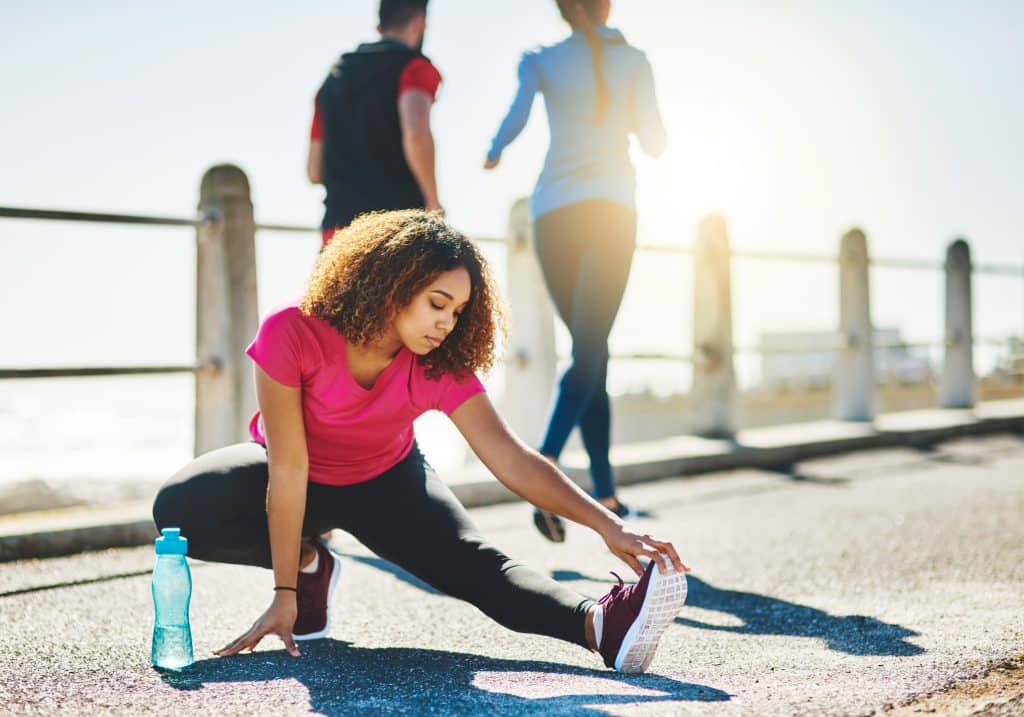
The World Health Organization (WHO) provides clear recommendations for how people of different ages should stay active.
These guidelines highlight practical ways to maintain health, prevent disease, and support long-term well-being. While the numbers provide a framework, the real challenge is finding enjoyable ways to make physical activity a consistent habit.
Adults (18–64 years)
For adults, the WHO recommends:
-
150–300 minutes of moderate-intensity aerobic activity per week, or
-
75–150 minutes of vigorous-intensity activity per week.
-
In addition, adults should include muscle-strengthening activities at least twice weekly.
👉 Practical ways to meet these goals include brisk walking for 30 minutes five times per week, running or cycling for shorter high-intensity sessions, or combining both approaches.
Muscle-strengthening can come from weight training, resistance bands, bodyweight workouts (push-ups, squats, planks), or even household tasks like carrying heavy groceries.
These recommendations are flexible, offering multiple ways to adapt based on individual schedules, preferences, and fitness levels.
Children and Adolescents (5–17 years)
For young people, the WHO suggests:
-
At least 60 minutes of physical activity every day, focusing on moderate to vigorous intensity.
There are countless ways for children to stay active that go beyond structured sports.
Playing outside, cycling with friends, jumping rope, swimming, or even dancing to music at home can all count. Schools can also support activity through physical education classes, recess, and active games.
Encouraging fun and variety is one of the best ways to help children and teenagers build lifelong habits of movement.
Older Adults (65+)
For older adults, the WHO emphasizes activities that promote:
-
Strength – to preserve muscle mass.
-
Flexibility – to maintain mobility.
-
Balance – to reduce the risk of falls and injuries.
5: How to Incorporate Movement into Daily Life
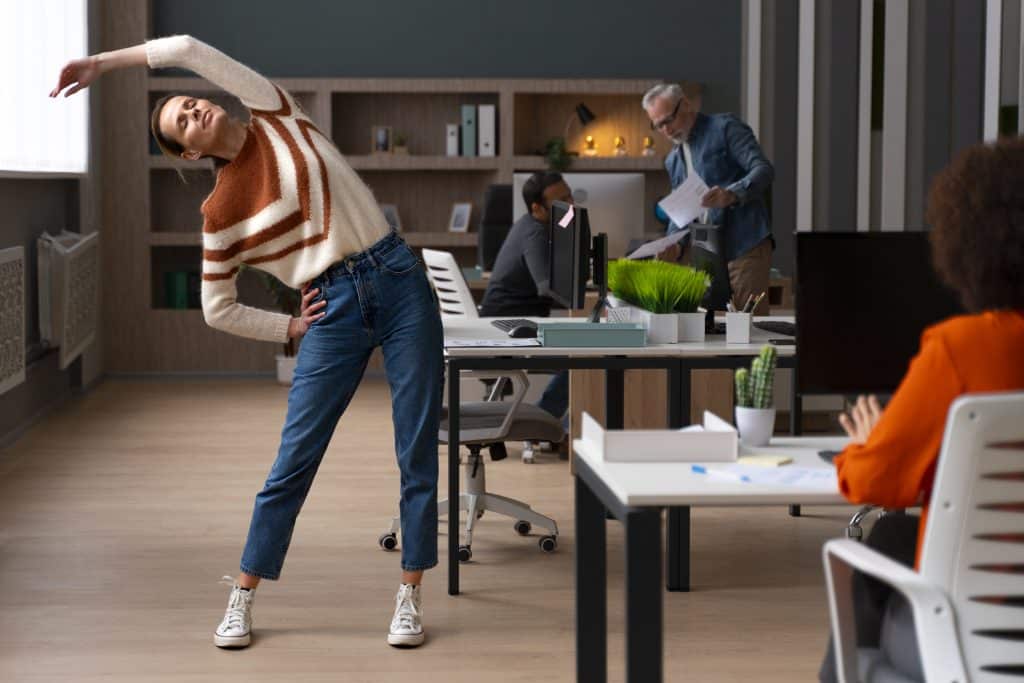
Building an active lifestyle doesn’t require a gym membership or hours of free time.
There are countless ways to add more physical activity and movement into your daily routine — often by making small adjustments that fit naturally into what you already do.
The goal is consistency: moving a little more every day creates long-term health benefits.
1. Active Commuting
Transportation is one of the easiest ways to integrate movement into daily life. Instead of relying solely on cars or buses, try walking or cycling whenever possible.
-
If you live close to work or school, walking or biking can turn a mundane commute into daily exercise.
-
If you rely on public transport, consider getting off one stop earlier to add extra steps.
-
Even parking farther away from your destination is a simple way to sneak in more walking.
2. Workplace Movement
The office or home workspace doesn’t have to promote sedentary habits. There are many ways to stay active at work:
-
Use a standing desk to reduce the negative effects of sitting for long periods.
-
Take “walking meetings” instead of always sitting in conference rooms.
-
Set reminders every hour to stretch, do a quick lap around the office, or even perform simple desk exercises.
These strategies not only increase movement but also improve focus and productivity. Movement stimulates blood flow, which keeps your brain sharp during demanding tasks.
3. Home Habits
Your home environment offers plenty of ways to stay active without special equipment. Everyday chores can double as mini-workouts:
-
Vacuuming, mopping, or gardening can burn calories while keeping your space clean and organized.
-
Try doing bodyweight exercises such as squats, push-ups, or planks during TV commercials or while listening to music.
-
Create short “movement breaks” between household tasks — a few stretches or a set of jumping jacks can refresh your body and mind.
Turning daily routines into active habits makes movement effortless and sustainable.
4. Fun and Social Activities
Enjoyment is one of the most powerful ways to ensure long-term consistency. Movement doesn’t have to feel like work; it can be fun and social:
-
Join a local sports team, a dance class, or a hiking group to combine fitness with social interaction.
-
Plan family outings that involve active choices, such as cycling in the park, weekend hikes, or playing outdoor games.
-
Invite friends to join you in new activities — accountability and companionship make staying active more enjoyable.
When exercise feels fun, it becomes a natural part of your lifestyle rather than a chore.
5. Technology Support
Modern tools provide innovative ways to track and motivate movement.
-
Use fitness apps, wearables, or smartwatches to monitor steps, workouts, and heart rate.
-
Try online classes — from yoga to HIIT to strength training — that allow you to exercise at home with expert guidance.
-
Set personal challenges, like daily step goals or weekly workout streaks, and let technology help you stay accountable.
Digital support makes movement measurable and rewarding, helping you turn activity into a habit.
6: Overcoming Common Barriers
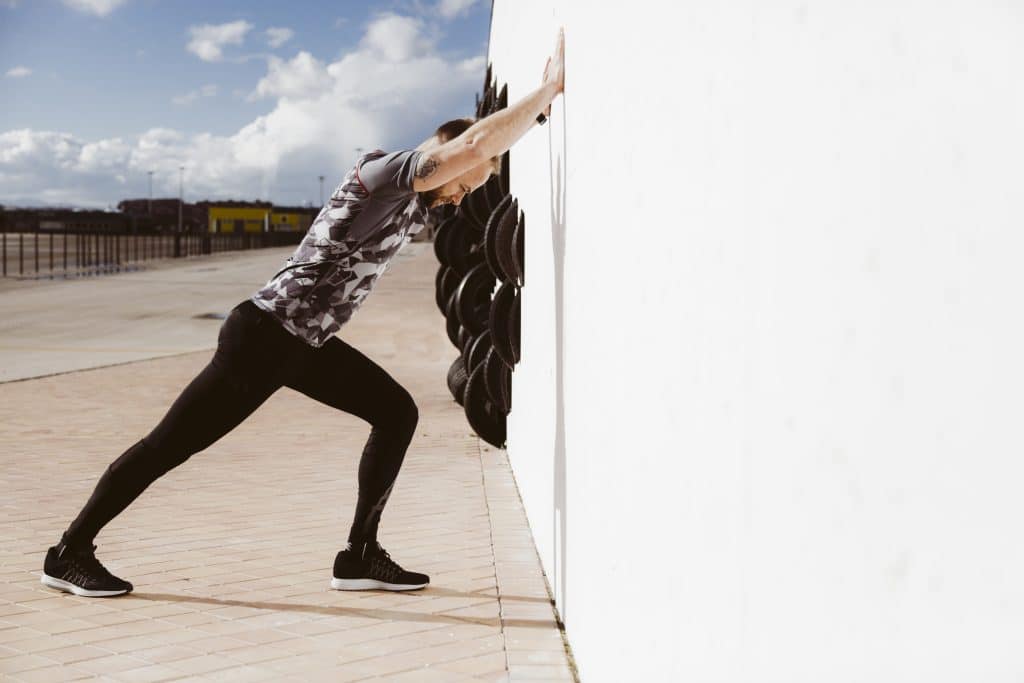
Even with the best intentions, many people struggle to stay active. Busy schedules, lack of motivation, or discomfort in traditional fitness environments often get in the way. The good news is that there are always ways to overcome these barriers and make physical activity a realistic, enjoyable part of daily life.
1. “I Don’t Have Time.”
One of the most common excuses is lack of time. But movement doesn’t have to take hours — it’s about consistency, not duration.
-
Break activity into short 10-minute sessions spread throughout the day. This is one of the easiest ways to fit exercise into a busy schedule.
-
Take the stairs instead of the elevator, walk during phone calls, or do a few stretches while waiting for coffee to brew.
2. “I Don’t Like Gyms.”
Not everyone enjoys traditional gym settings — and that’s perfectly okay. There are countless ways to be active outside of gyms:
-
Try outdoor activities like hiking, cycling, or swimming, which provide both exercise and a connection to nature.
-
Explore dance classes, martial arts, or group sports for a more social and enjoyable experience.
-
At home, use bodyweight workouts, yoga routines, or online classes as simple ways to stay active in your own space.
3. “I Lack Motivation.”
Motivation can be inconsistent, but there are practical ways to stay accountable:
-
Find a workout buddy or join a group — exercising with others creates accountability and makes the experience more fun.
-
Set small, measurable goals, such as walking 5,000 steps daily or exercising three times a week. Achieving milestones boosts motivation.
-
Use technology — apps, wearables, and progress trackers provide reminders and rewards that keep you engaged.
7: Physical Activity for Different Life Stages
Every stage of life has unique physical and emotional needs, which means the ways to stay active also vary. From building habits in childhood to maintaining independence in older age, physical activity plays a crucial role in supporting long-term health and well-being.
Children and Teens
For children and teenagers, movement should be fun, playful, and engaging. The best ways to encourage activity in this stage are through play, games, and team sports.
-
Outdoor play like running, climbing, or biking provides natural movement that supports physical growth and motor skills.
-
Team sports such as soccer, basketball, or volleyball not only improve fitness but also teach teamwork, discipline, and resilience.
-
Creative activities like dance, martial arts, or gymnastics help develop flexibility, coordination, and confidence.
Building enjoyable habits early in life is one of the most effective ways to ensure that children carry an active lifestyle into adulthood.
Adults
Adults face different challenges, such as balancing careers, family, and social commitments. That’s why the best ways to incorporate physical activity involve blending structured exercise with daily routines.
-
Structured workouts like strength training, yoga, or running provide focused improvements in fitness and stress relief.
-
Everyday movement — cycling to work, walking during lunch breaks, or doing household chores — helps fill the gaps between workouts.
-
Active hobbies like hiking, dancing, or gardening provide enjoyable alternatives to sitting still during leisure time.
Older Adults
For older adults, movement is about maintaining mobility, independence, and quality of life. The most valuable ways to stay active later in life focus on strength, balance, and flexibility.
-
Strength training with light weights or resistance bands helps preserve muscle mass, which naturally declines with age.
-
Balance exercises like tai chi, standing yoga poses, or walking on uneven surfaces reduce the risk of falls.
-
Flexibility and mobility practices such as stretching or gentle yoga improve joint health and maintain freedom of movement.
Staying active at this stage is not about high intensity but about sustainable, safe ways to keep the body strong and capable. Movement also provides social benefits — joining walking groups, water aerobics, or community classes helps reduce isolation and improves mental well-being.
Part 8: Movement and Long-Term Health
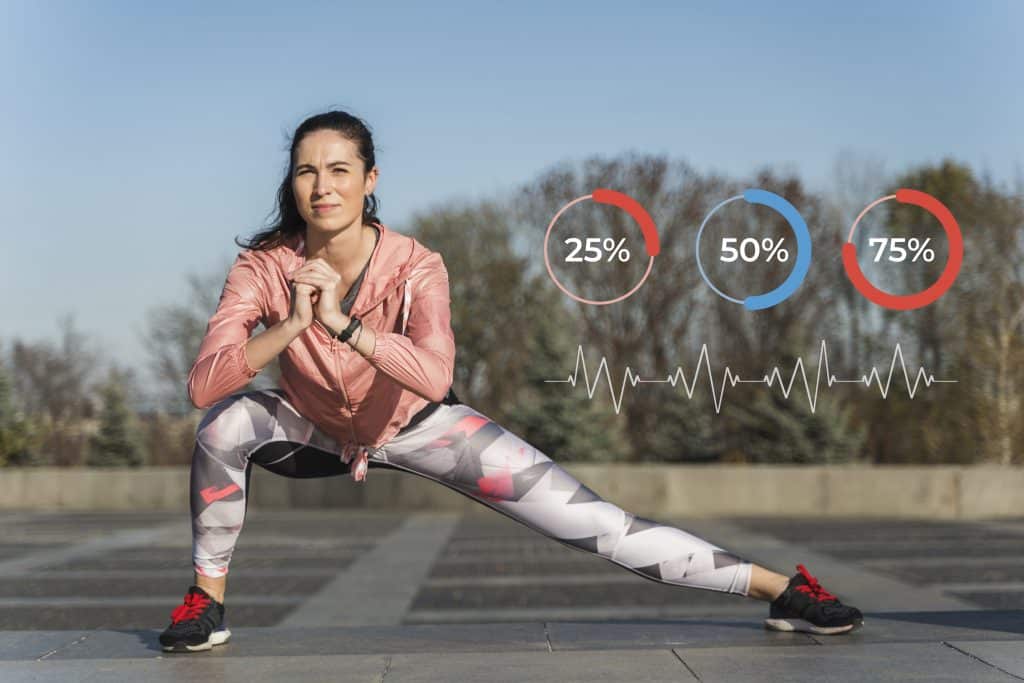
One of the most powerful ways to protect long-term health is through consistent physical activity. Decades of research confirm that staying active significantly reduces the risk of many chronic diseases, improves longevity, and enhances quality of life well into later years. Movement acts as a form of preventive medicine, supporting not only the body but also the mind.
Preventing Chronic Diseases
Physical activity provides multiple ways to lower the risk of life-threatening conditions:
-
Cardiovascular disease – Regular aerobic activity strengthens the heart, improves circulation, lowers blood pressure, and reduces cholesterol levels.
-
Stroke – Movement improves blood flow and helps regulate clotting factors, lowering the likelihood of stroke.
-
Type 2 diabetes – Exercise is one of the most effective ways to regulate blood sugar and improve insulin sensitivity, making it a natural treatment and prevention method.
-
Certain cancers – Studies link regular activity to reduced risks of colon and breast cancer. Exercise supports hormone regulation and strengthens the immune system, which plays a role in cancer prevention.
-
Dementia and cognitive decline – Physical activity is among the proven ways to keep the brain sharp, as it stimulates blood flow, reduces inflammation, and promotes the release of brain-protective chemicals.
Quality of Life and Longevity
Research shows that people who stay active enjoy not only longer lives but also healthier ones. It’s not just about adding years to life — it’s about adding life to years. Some of the most effective ways to boost longevity include:
-
Walking daily, even for short distances.
-
Incorporating strength training at least twice a week.
-
Staying socially active through group classes or community activities.
-
Maintaining hobbies that require movement, like gardening or dancing.
By combining different ways of moving — from structured exercise to everyday actions — individuals can build a strong foundation for lasting health.
Conclusion: Movement Is Medicine
Physical activity and movement are more than fitness trends — they are fundamental building blocks of health. Every step, every stretch, and every active choice contributes to a stronger body and a clearer mind.
The key is consistency, not perfection. Even small daily efforts — walking to the store, playing with your children, or practicing morning stretches — accumulate over time and transform your well-being.





